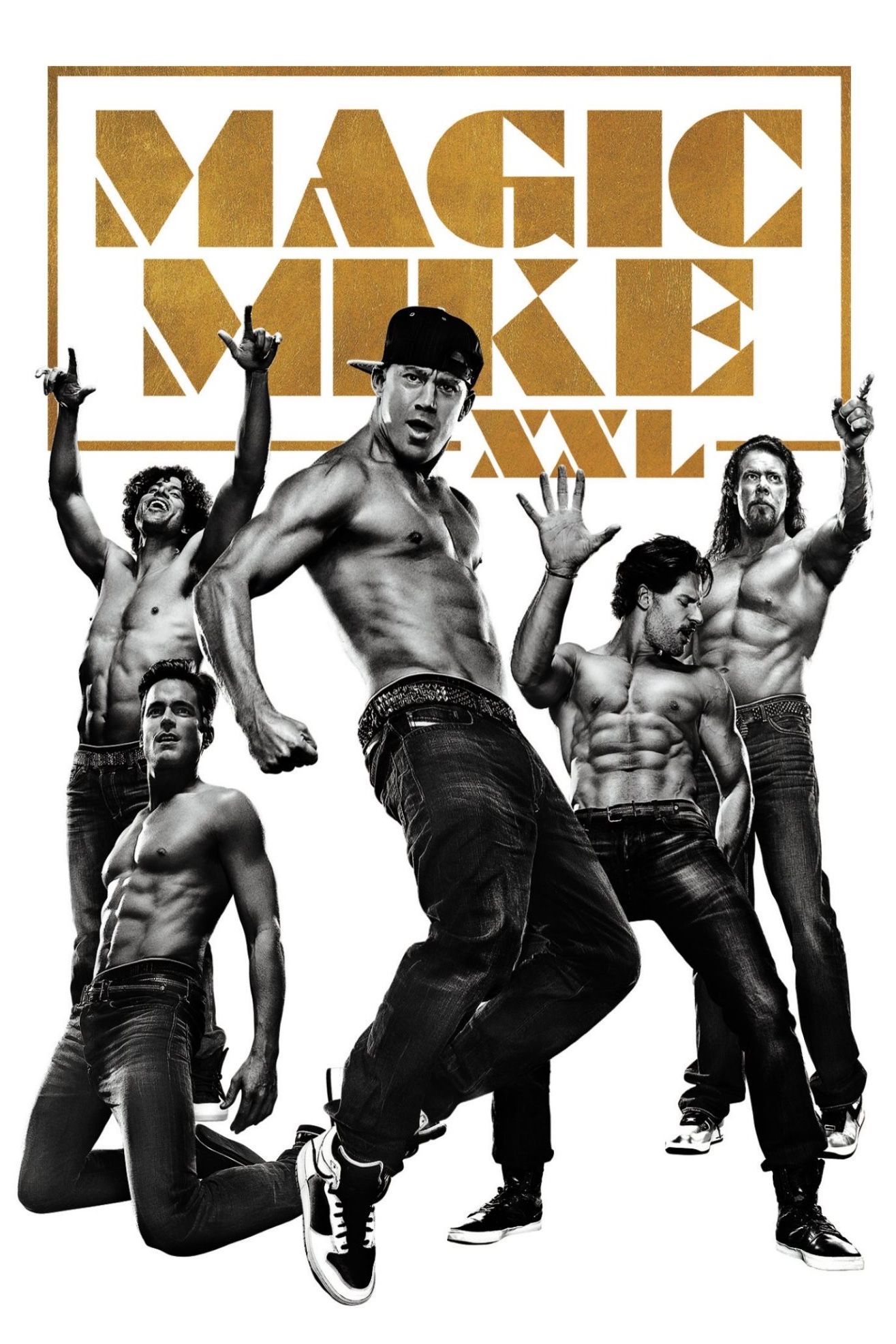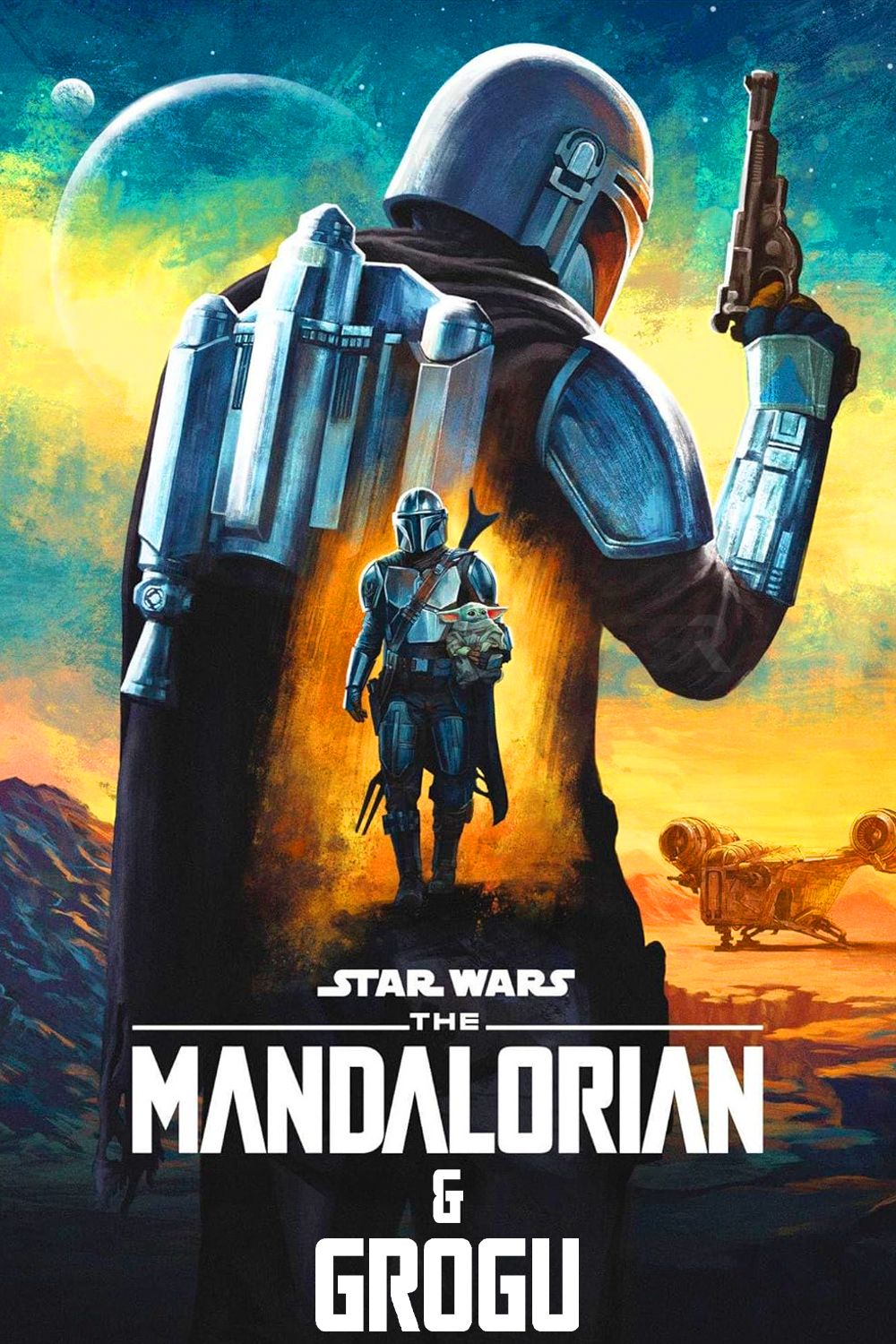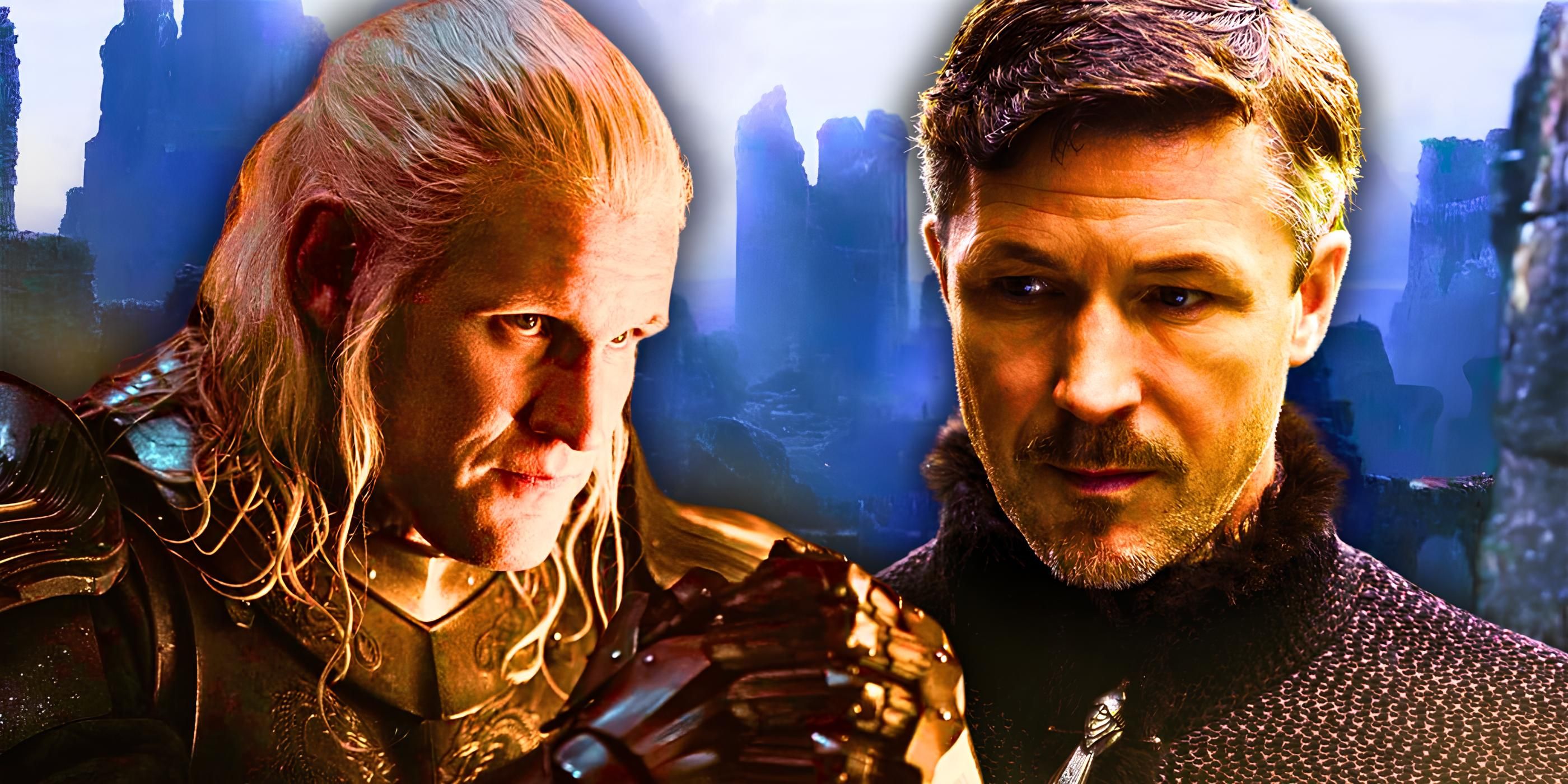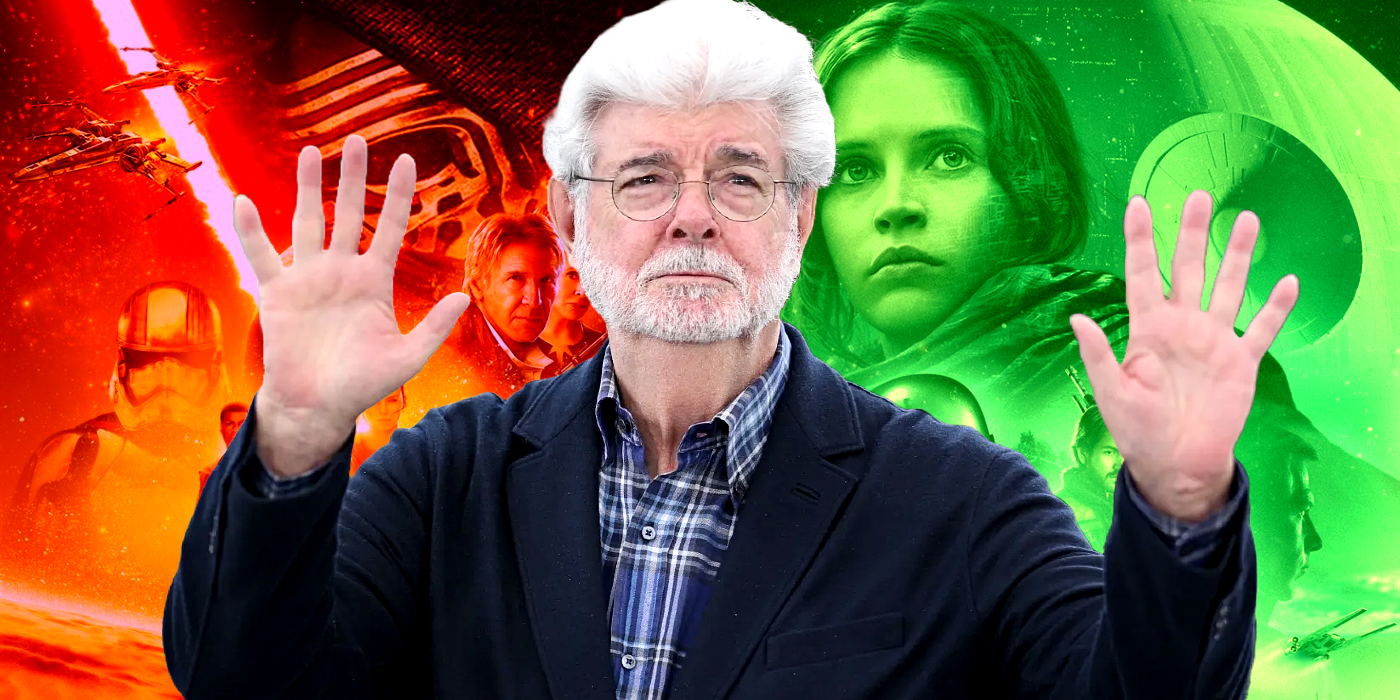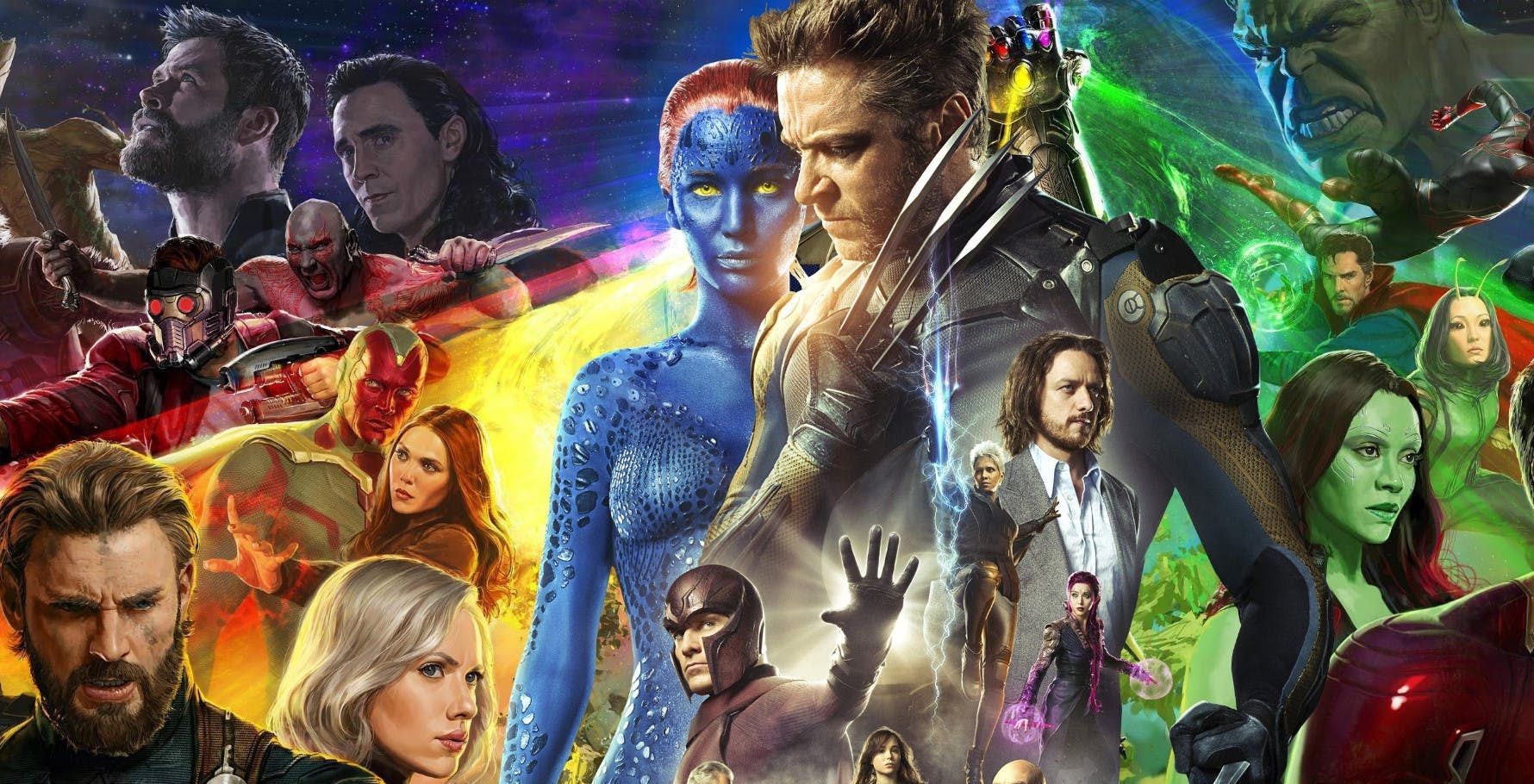Five years on, and Christopher Nolan’s Dark Knight trilogy remains the definitive benchmark for modern superhero movies, with The Dark Knight by far the most successful of the bunch. The second in Nolan’s series, The Dark Knight broke new ground in the comic book genre, taking home two Academy Awards at the 2009 ceremony, and transcending genre to stand as one of the greatest films of all time.
That is, at least, according to IMDb, which ranks The Dark Knight as the fourth best movie ever made, a point ahead of classics such as 12 Angry Men, Pulp Fiction, and Schindler’s List. Nolan is a regular feature in the website’s Top 250, with a cool seven entries in the top 100, including this summer’s Dunkirk.
Batman Begins is not of them. The series opener is all too often dismissed in favor of its far more successful sequel, but commercial success doesn’t always tell the whole story. In many ways, Batman Begins is far closer to The Dark Knight than the numbers would have you believe. While definitely the trilogy’s most under-appreciated entry, Batman Begins may also be the best of the lot.
Here are 15 Reasons Why Batman Begins is Better Than The Dark Knight.
It’s actually a Batman Story
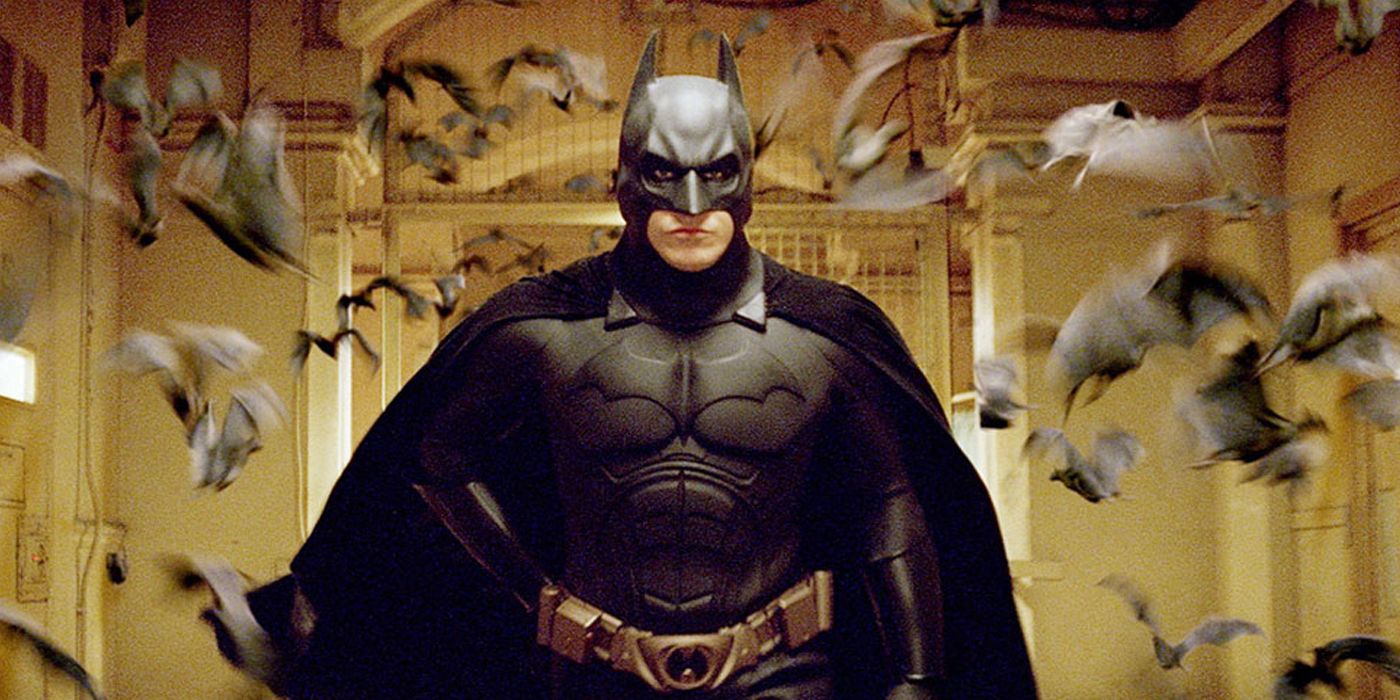
Taking nothing away from Heath Ledger, whose performance makes for one of the most iconic movie villains of all time, but so much of The Dark Knight is spent on the Joker that we go long periods without even seeing the titular character. What’s more, Ledger is so magnetic in the role that Batman’s scenes are underwhelming by comparison.
On the other hand, the villains in Begins only serve to make Batman himself a more interesting and complex character. Both Ra’s al Ghul and Scarecrow are essential to the movie’s theme, as Bruce struggles to overcome the fears of his past.
Incidentally, Bruce Wayne actually gets more screen time than his alter ego, which would have been an unthinkable addition to Batman movies of the past, but Christian Bale carries Batman Begins so effortlessly that you barely even notice.
Bruce Has an actual Character Arc
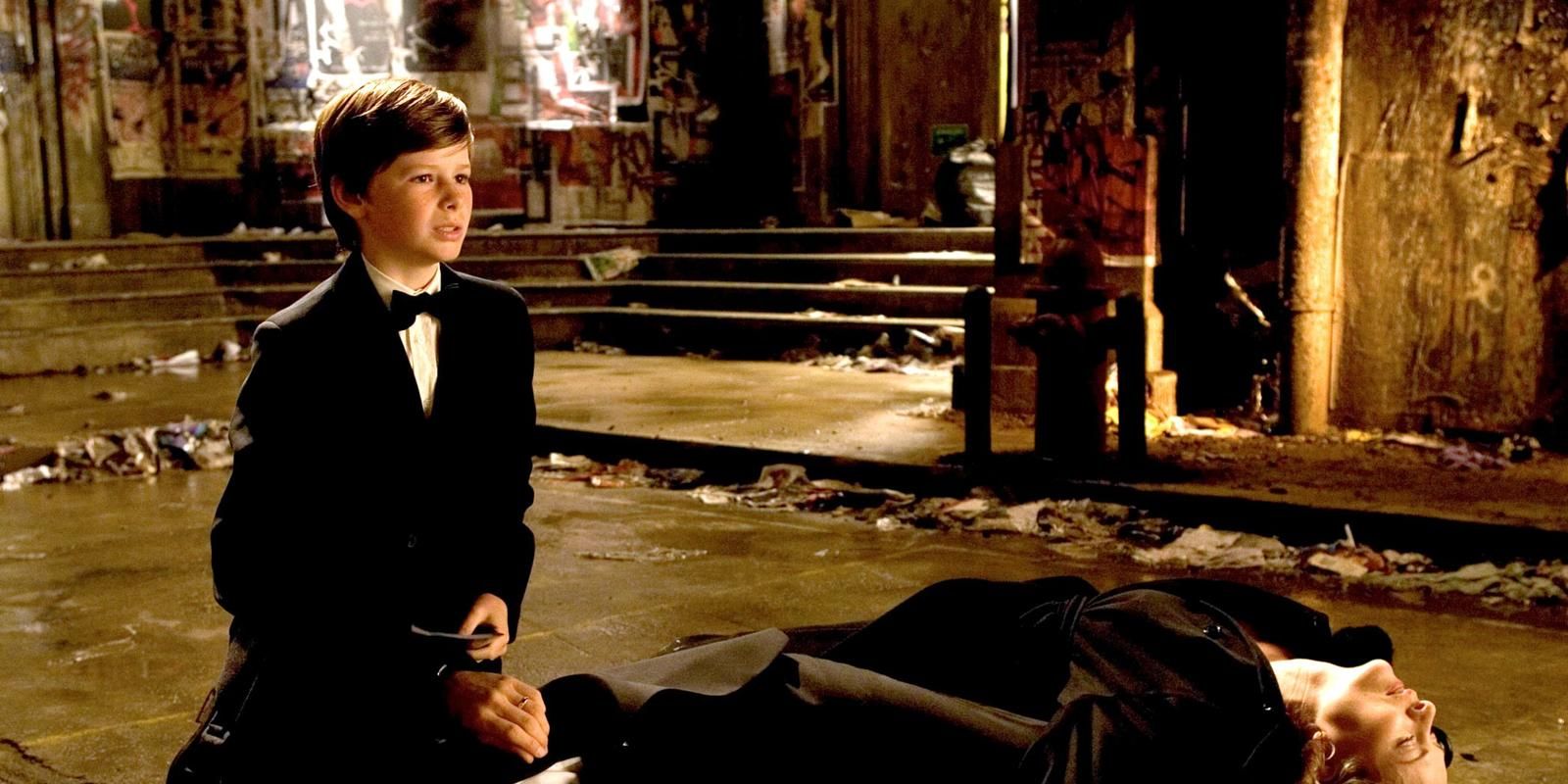
A side effect of The Dark Knight essentially being a Joker movie is that Bruce Wayne barely has a chance to develop as a character. While Joker pulls the strings, actively trying to turn Bruce from a symbol of hope and into a stone-cold killer, what you end up with is a title character reacting to changes being made around him, while refusing to change himself.
Batman Begins opens with the death of the Waynes, and the rest of the film follows Bruce as he attempts to overcome his guilt and avenge their deaths. It’s a simple premise, but it allows so much room for an effective character transformation. At the same time, the film develops the supporting cast as they come to see the Batman for what he really is.
More time for Gordon to shine
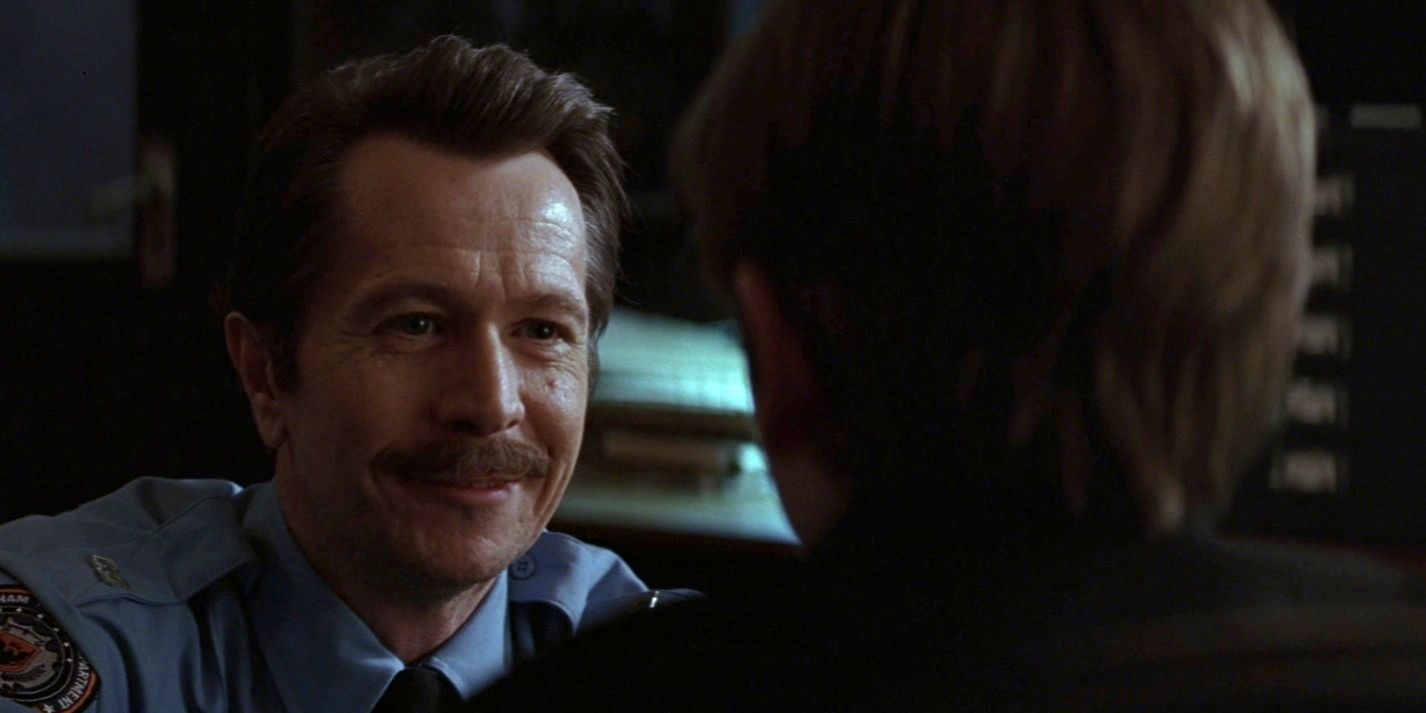
Although Batman Begins and The Dark Knight share many of the same actors, the former makes better use of its supporting cast, offering them the opportunity for more interplay with one another and key roles that are limited exclusively to Bale and Ledger in the sequel.
Liam Neeson and Cillian Murphy complement each other perfectly and fully embrace their roles as “supporting” characters. Tom Wilkinson puts in his customary underrated performance, while Rutger Hauer and Ken Watanabe make up the extremely distinguished numbers.
Of the recurring cast, Gary Oldman gets an arc of his own as Gordon’s relationship with Bruce develops and he turns on the Gotham Police department. Michael Caine leads the paternal subplot that ties the film together, and the addition of Morgan Freeman in a relatively minor role, if nothing else, made casual moviegoers sit up and take notice.
Christian Bale at His Best
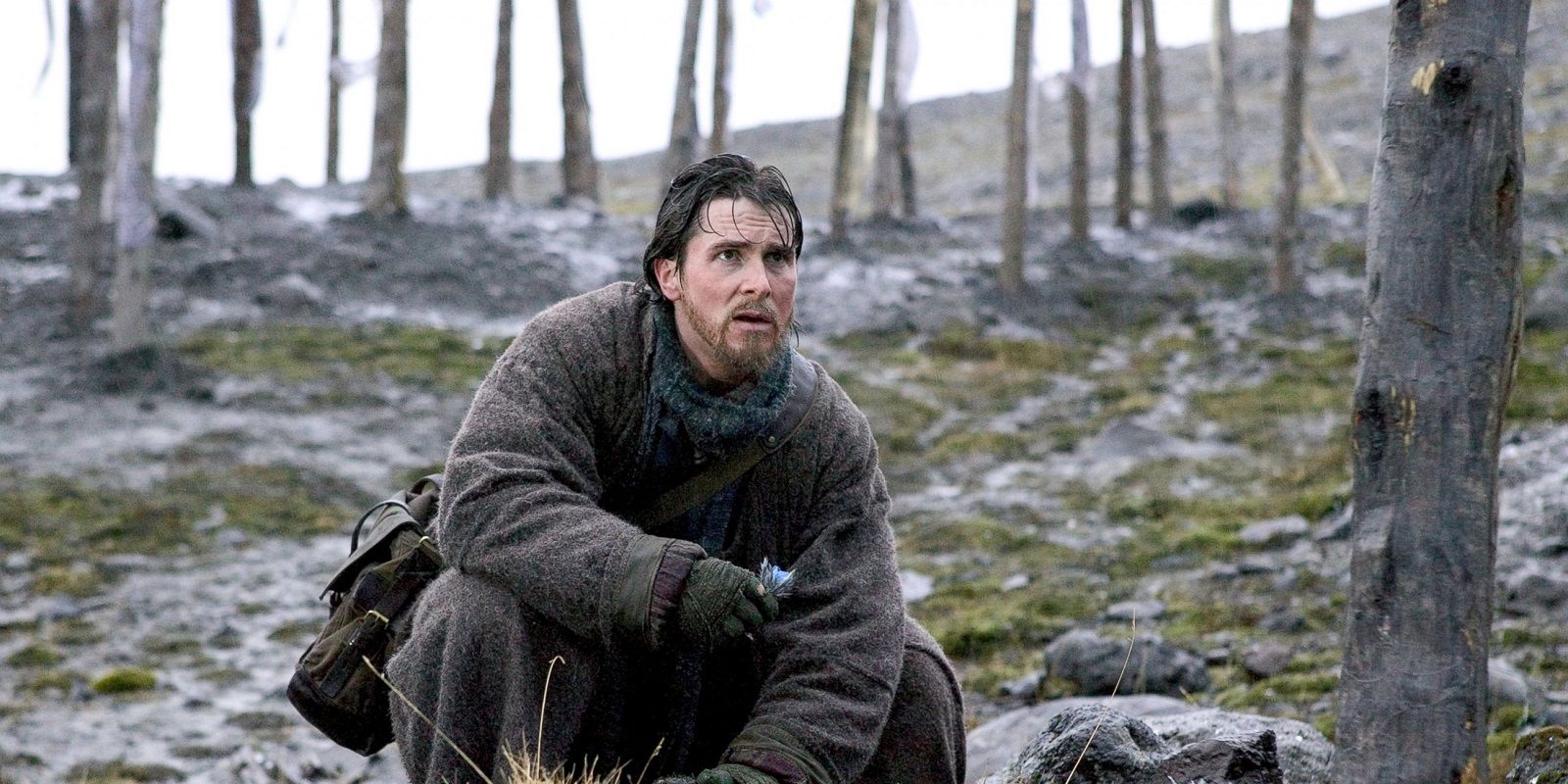
For some, Michael Keaton remains the single best incarnation of Batman to this day. Adam West is still a fan favorite, while the more adventurous among you might make a case for Kilmer, Clooney, or Affleck, but Christian Bale leads Batman Begins like no actor before him.
Unlike in The Dark Knight, where Bale has to remain relatively one-note to counter the flamboyancy of Ledger, Batman Begins makes full use of its future Oscar-winning star. Bale is arguably the first to take the duality of the character seriously, overplaying Bruce Wayne’s vulnerabilities so that his first appearance in the suit not only makes sense for the character, but seems that much more physically imposing.
It’s a perfectly measured performance across the board, right down to the infamous Bat-voice, which resembles a gruffer version of Bruce’s regular voice in Begins, compared to the off-putting bark of the later films.
A sense of humor
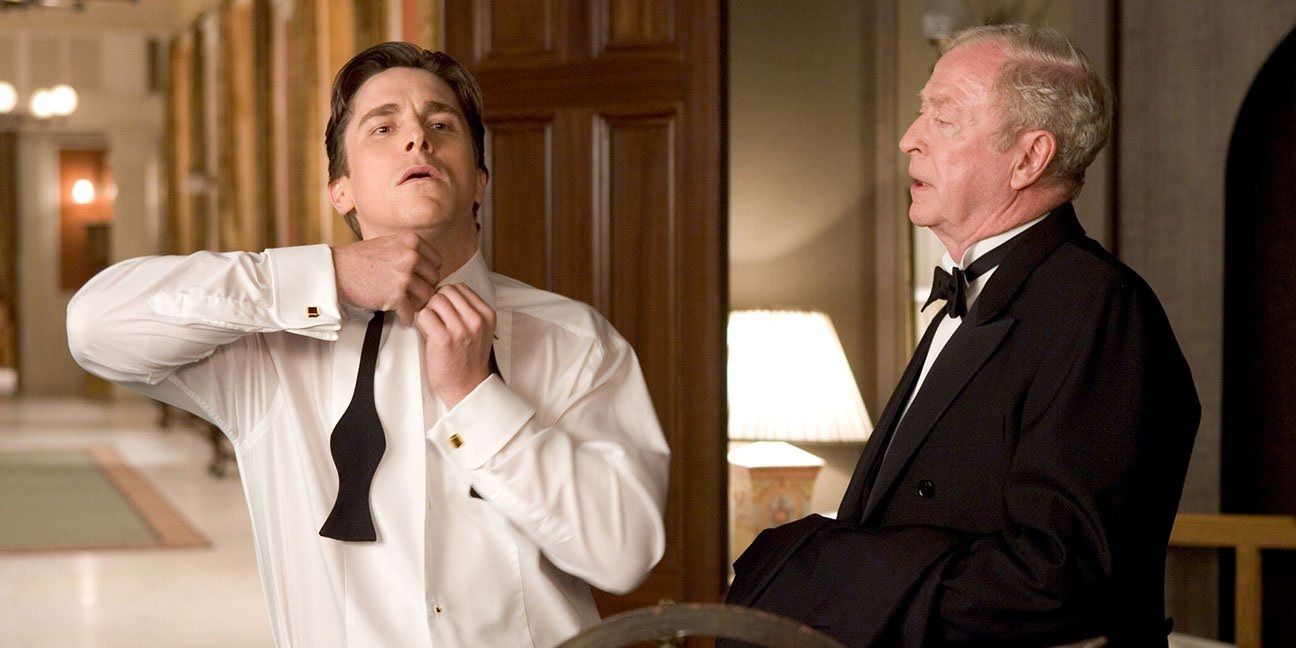
For a film whose villain is called the Joker, you’d think there might be more laughs in The Dark Knight, but besides a few dark moments of levity from the antagonist, the movie offers very little in the way of humor. Bruce Wayne barely cracks a smile through the sequel’s entire run-time, which is partly understandable given the Joker’s control over Gotham, but there comes a point that The Dark Knight completely forgets its comic book origins.
Batman Begins, while by no means as silly as Batman & Robin, does at least allow its hero a brief window in which to enjoy the benefits of being a crime-fighting superhero. This reflects on the secondary characters, such as Commissioner Gordon, whose reaction the first time he sees the Batmobile is priceless.
Alfred, meanwhile, who spends the majority of the latter two movies in various fits of tears, is a comparative joke machine through Batman Begins.
Holes in Joker’s Plan
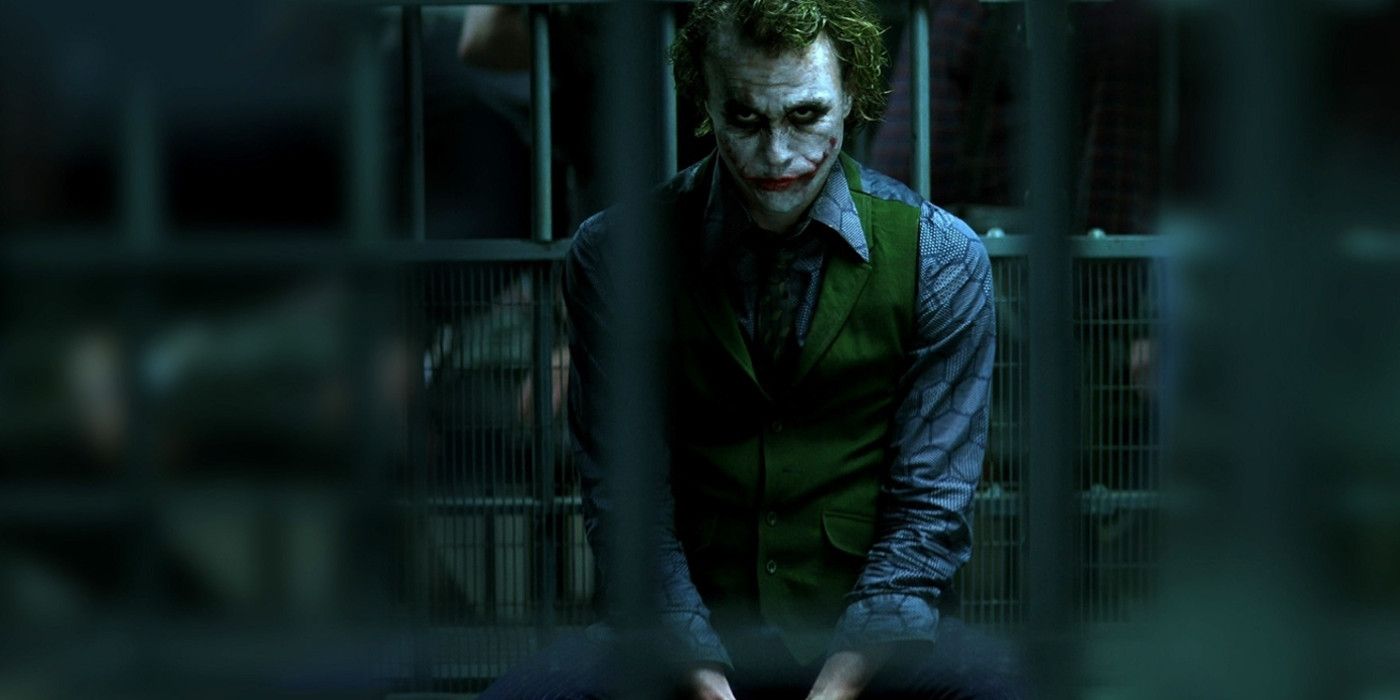
The Joker is such a manipulative character that it’s easy for The Dark Knight to pass off plot conveniences as honest manipulation, but there’s a limit to which someone can be influenced. For example, the Joker has no control over where in the police station he’ll be held after his capture.
Despite allowing himself to be caught by Jim Gordon, the Joker puts up a convincing fight first, going so far as to overturn a truck and prepare to torture a defeated Batman.
Either the Joker knows exactly what’s going to happen after his capture (a stretch even for a comic book movie), or he doesn’t intend to get himself caught, and his entire plan relies on the police leaving an officer in the room with him.
These little details are often missed in the chaos of The Dark Knight, but it’s tough not to be distracted by them the more you watch the film.
Scarecrow > Two-Face
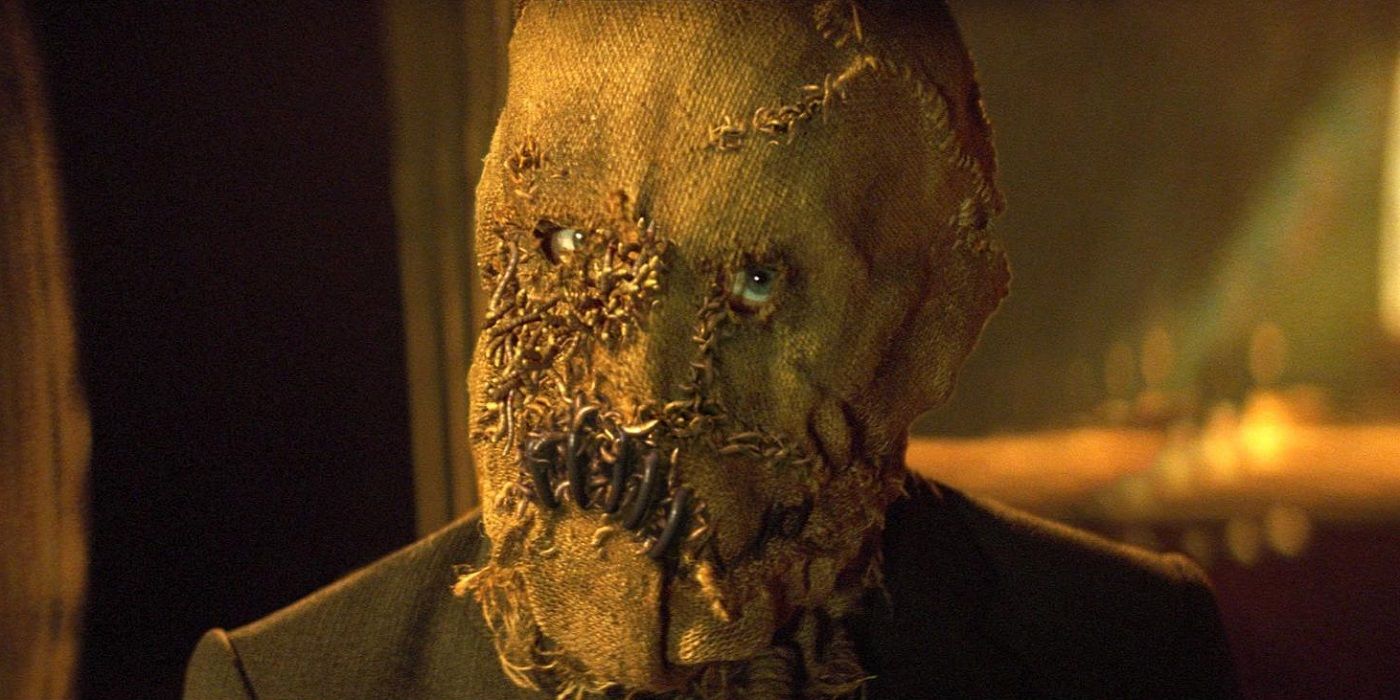
In The Dark Knight, Harvey Dent never quite carries the same threat as the Joker, and largely because his transformation from model citizen to outright murderer is far too rushed. It’s hard to believe that he would be so easily manipulated by the Joker (who had just killed Rachel), and even then, we’ve seen nothing from Harvey to convince us that he’s any legitimate danger to Batman.
His Batman Begins counterpart, however, completely holds his own against Ra’s al Ghul as the movie’s other villain. Scarecrow is a perfect match for the theme (more on that later), and from early on in the film, as he makes a mockery of criminal mastermind Carmine Falcone, he is firmly established as a genuine threat to Batman. Add a chilling performance from Cillian Murphy and you have a far superior secondary villain.
Better Action Scenes
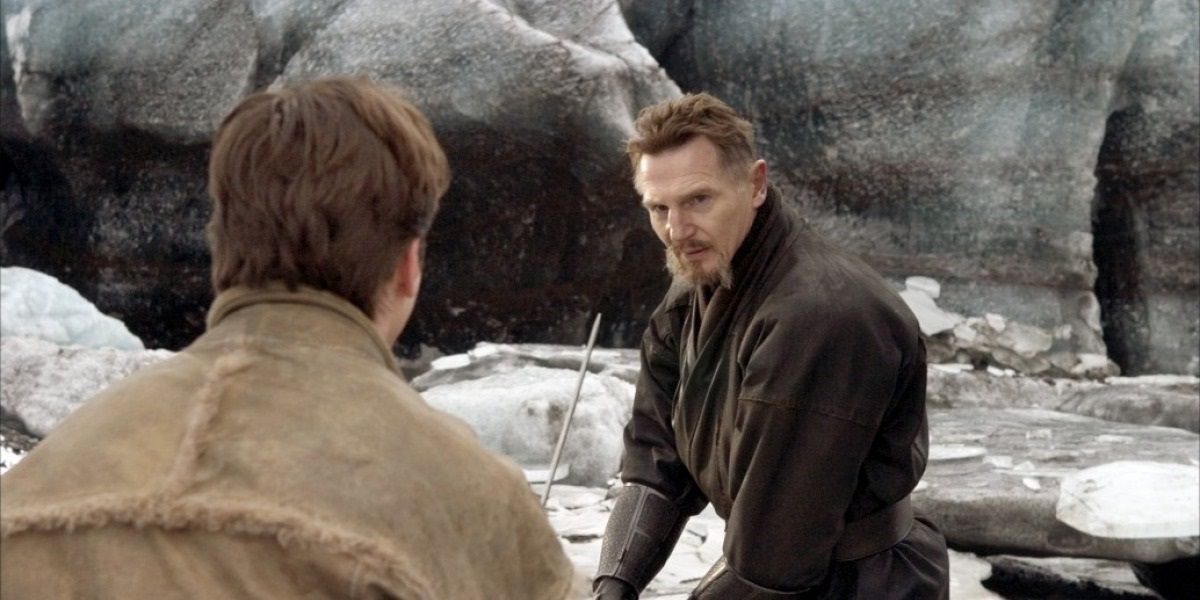
The Dark Knight’s visuals are incredible, but it’s surprisingly short on action scenes for a Batman movie. Batman Begins ticks all the boxes in Batman action, firstly with the inventive displays of hand-to-hand combat that we have come to expect from the character. In a good, old-fashioned training montage (one of the best sequences in the entire trilogy), Ra’s tests Bruce physically in a way that we never see again in The Dark Knight.
As the film develops, it relies more on Batman’s gadgets to carry the action, and the Batmobile makes its debut in an intense chase scene that neither of the other films could ever quite top. Finally, the train showdown between Bruce and Ra’s combines the more personal action scenes with city-wide consequences for a finale more thrilling and explosive than The Dark Knight’s.
Gotham City
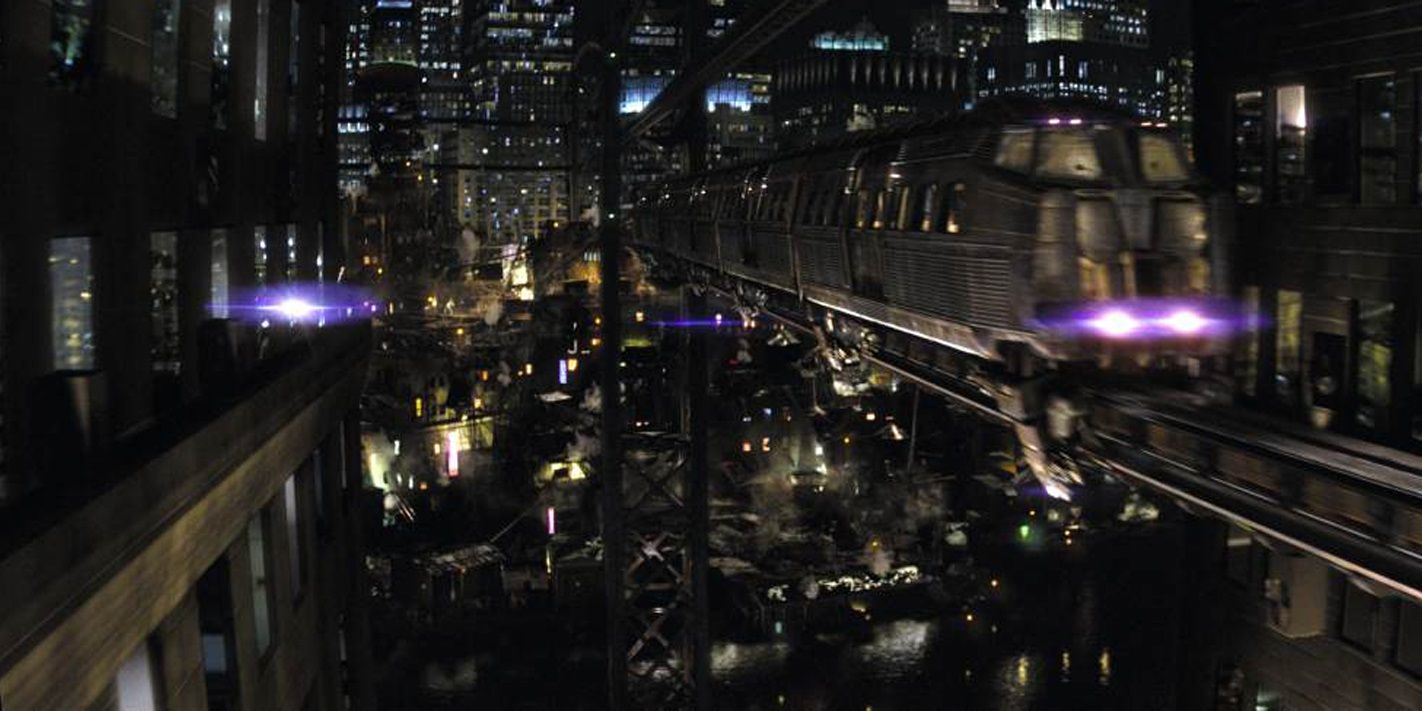
No Batman movie is complete without Gotham City, but Batman Begins is the only one of Nolan’s trilogy to depict Gotham as having a life of its own. As the trilogy grows in scale, the factors that make Gotham unique give way to grander, more generic scenery, and by The Dark Knight Rises, you could realistically swap out Gotham for any other city entirely.
For example, Thomas Wayne’s monorail is absent from both of the sequels, despite playing a vital role in the finale of Batman Begins and giving the city a uniquely dystopian aesthetic.
Begins also paints a much clearer picture of a Gotham City in desperate need of saving, as Bruce spends his first night in the suit watching over the Narrows, and seeing for himself the work that needs to be done.
The Fear Factor
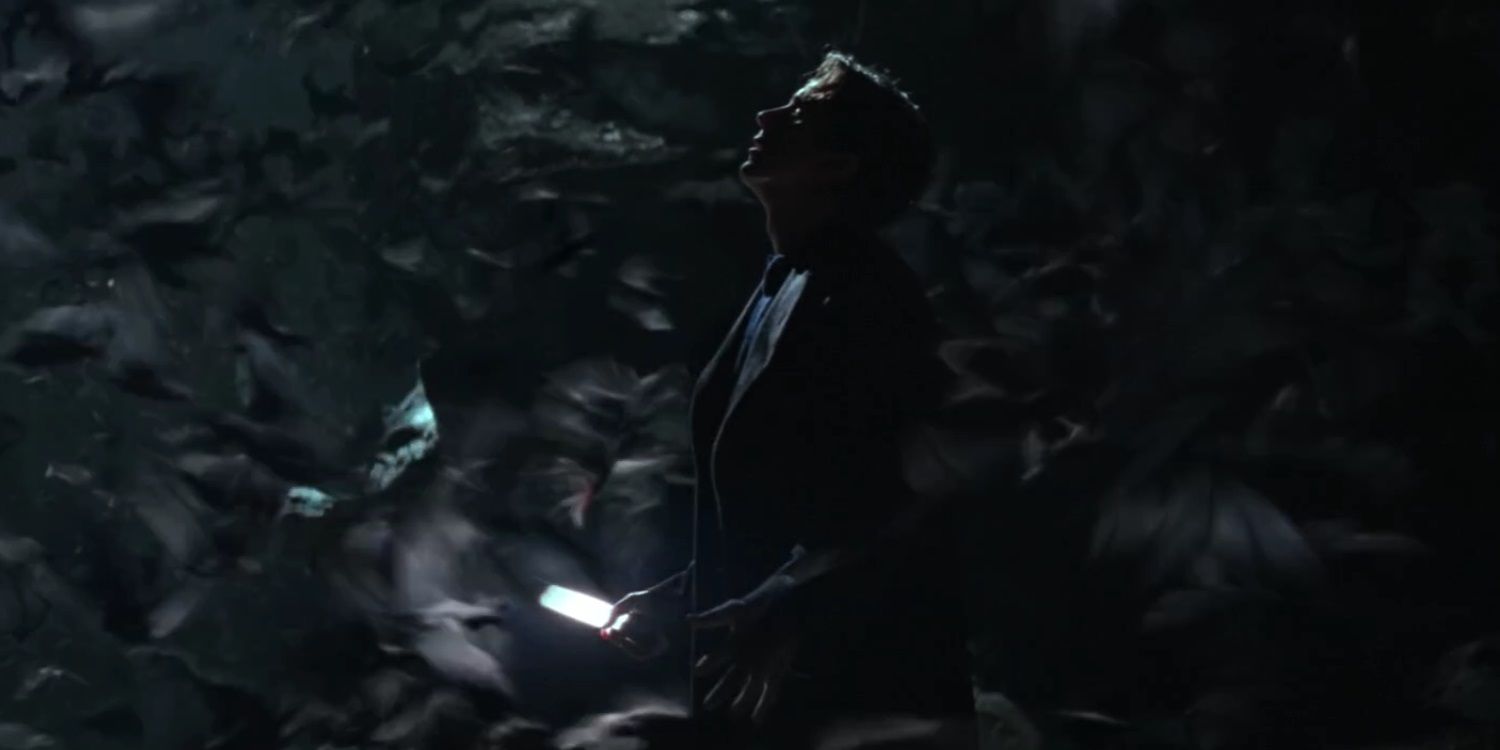
There are several different themes running through The Dark Knight, such as identity, order and justice, but none is better utilized than the theme of fear in Batman Begins. It’s Bruce’s childhood fear of bats that makes a grown man in a bat costume not only believable, but believably frightening, as he seeks to invoke the justice that he was denied.
But Bruce is forced to confront his internal fears as well as his physical ones, first by training with Ra’s to become fear itself, and then facing off against Scarecrow, who transforms into the literal manifestation of his enemies’ fears.
Bruce has to overcome fear in all its forms through Batman Begins, and it’s not until the movie’s finale, where he embraces his own fears and uses them in turn to strike fear into Gotham, that he truly becomes the Batman.
The Ending
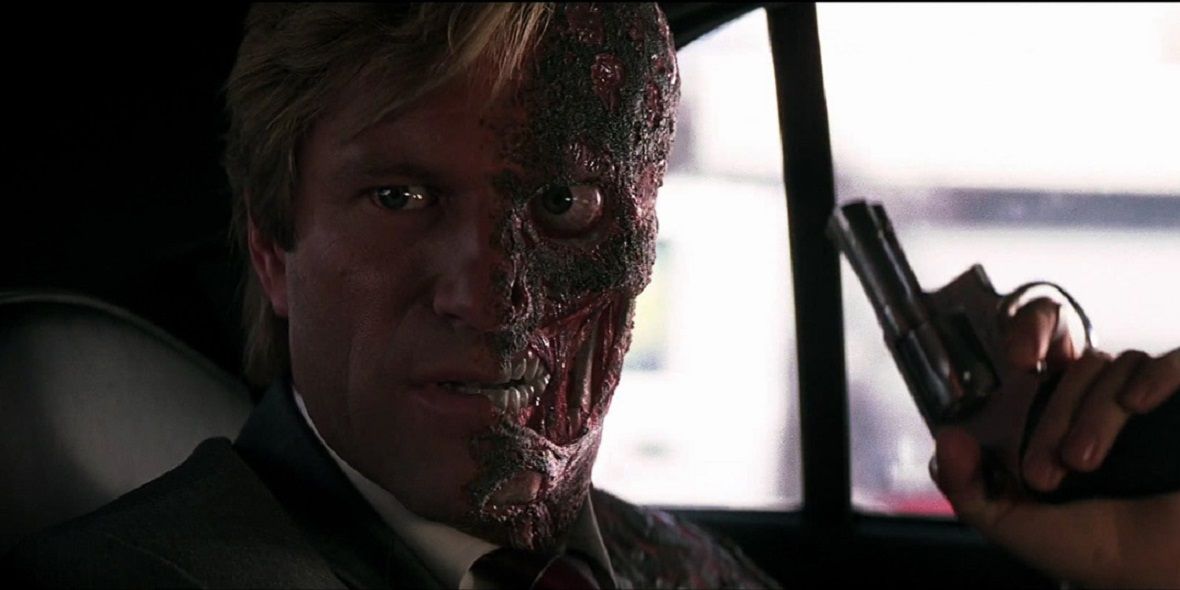
The Dark Knight is just over 10 minutes longer than Batman Begins, and it’s in those 10 minutes that the sequel undoes a lot of its own hard work. With the Joker out of the picture, the fate of Gotham City rests on a stand-off between Batman and Two-Face on a random, deserted rooftop.
You can argue that Joker’s plan all along was proving to Batman that the best of men can become killers, but that line of thinking means that the Joker, one of cinema’s most popular and iconic antagonists, is playing second fiddle to Two-Face the entire time, and that he isn’t even the main villain of his own movie.
If you insist on including Two-Face, why not have him carry over into the third installment and allow his character to fully develop rather than disrupt the Joker’s momentum?
The finale of Batman Begins is much less confusing: the stakes are clear, you understand what everyone is fighting for, and it doesn’t drag on that little bit too long.
The Batcave
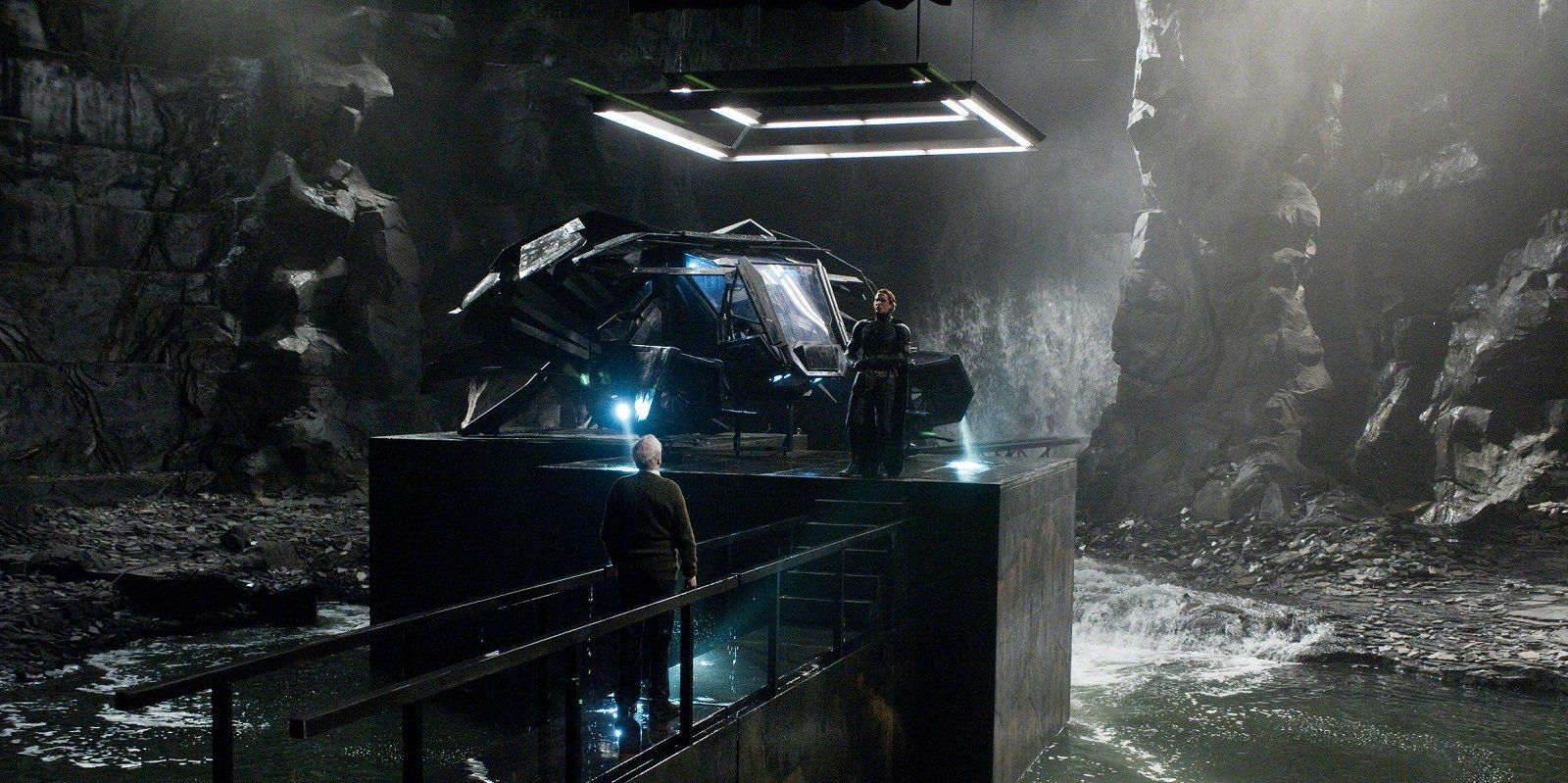
The Batcave is an essential factor in any Batman story, but following the destruction of Wayne Manor at the end of Batman Begins, the infamous lair doesn’t make a single appearance in the follow-up.
Instead, The Dark Knight settles for a standard warehouse, where the Batsuit cage is thrown haphazardly into the center of the room. Admittedly, the overhead light system works a treat, except that no one in the world wants to see a well-lit Batcave.
From its very first appearance in Batman Begins, the Batcave is almost a character of its own, providing a constant reminder of Bruce’s past and immediately setting the tone for the trilogy moving forward. It remains the definitive cinematic Batcave to this day, and The Dark Knight isn’t the same without it.
Balances Two Villains
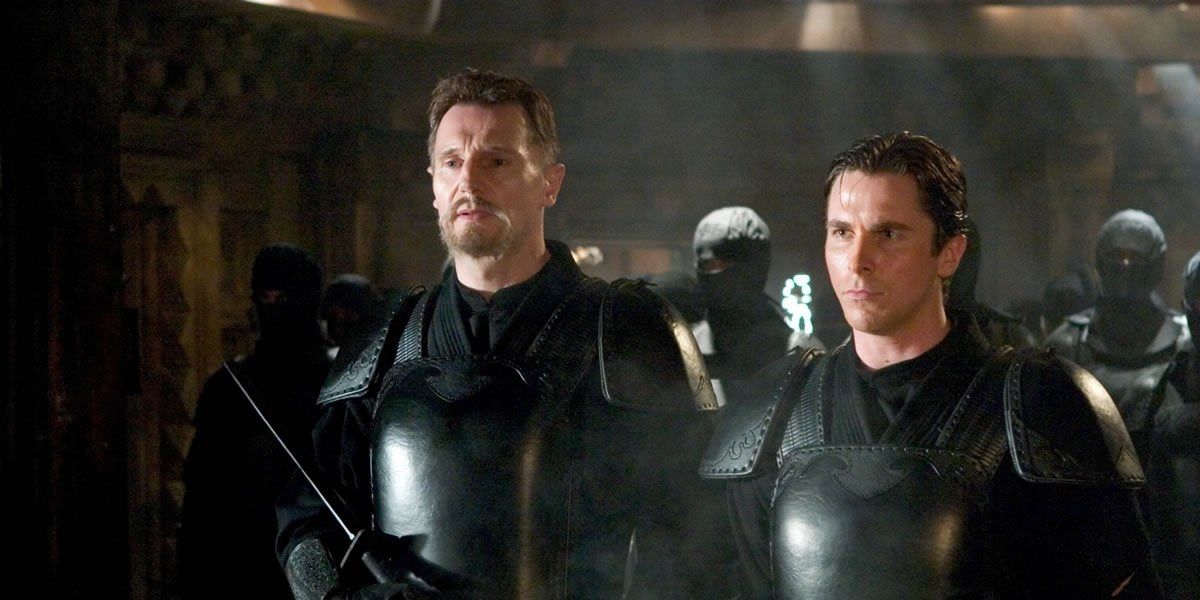
Batman movies have had a long and mixed history with multiple antagonists. The successful combo of Penguin and Catwoman in Batman Returns was quickly canceled out by both Batman Forever and Batman and Robin, while more recent Spider-Manand Iron Man movies have proven how difficult it can be to perfect the dual villain system in the comic book genre.
In Batman Begins, Nolan takes a formula with a limited success rate and makes it look easy. Ra’s al Ghul and Scarecrow not only make sense in terms of plot and theme, but the pair actually complement each other, while there is a definite mismatch going on in the sequel. The Joker clearly overshadows Harvey Dent in The Dark Knight, which makes everything that happens after Joker’s final capture completely underwhelming.
It Saved the Franchise
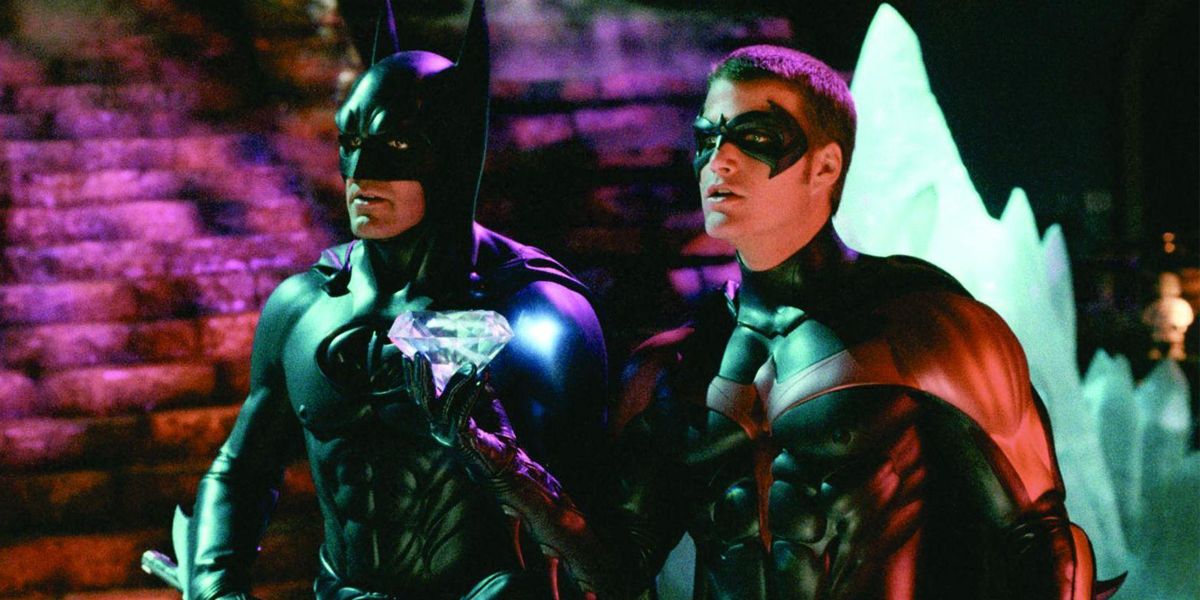
The debate over which is the best Batman film rages on, but most of us can agree which is the worst. It took a whole eight years for Christopher Nolan to step up and revive the Dark Knight after Batman and Robin sunk a healthy franchise and left the character for dead.
Director Joel Schumacher and star George Clooney have both apologized for the 1997 disaster, admitting that they thought they had destroyed the entire franchise. With expectations at an all-time low, another bad entry would likely have guaranteed another decade without Batman on the big screen.
Batman Begins didn’t just rebuild the franchise; it turned its titular hero from a credit card-wielding, bat-nippled joke into a serious film icon.
It’s understandably hard to view the movie as anything other than a precursor to The Dark Knight, but it’s because of Batman Begins that anyone was on board for the sequel in the first place.
It’s the Most Inspiring
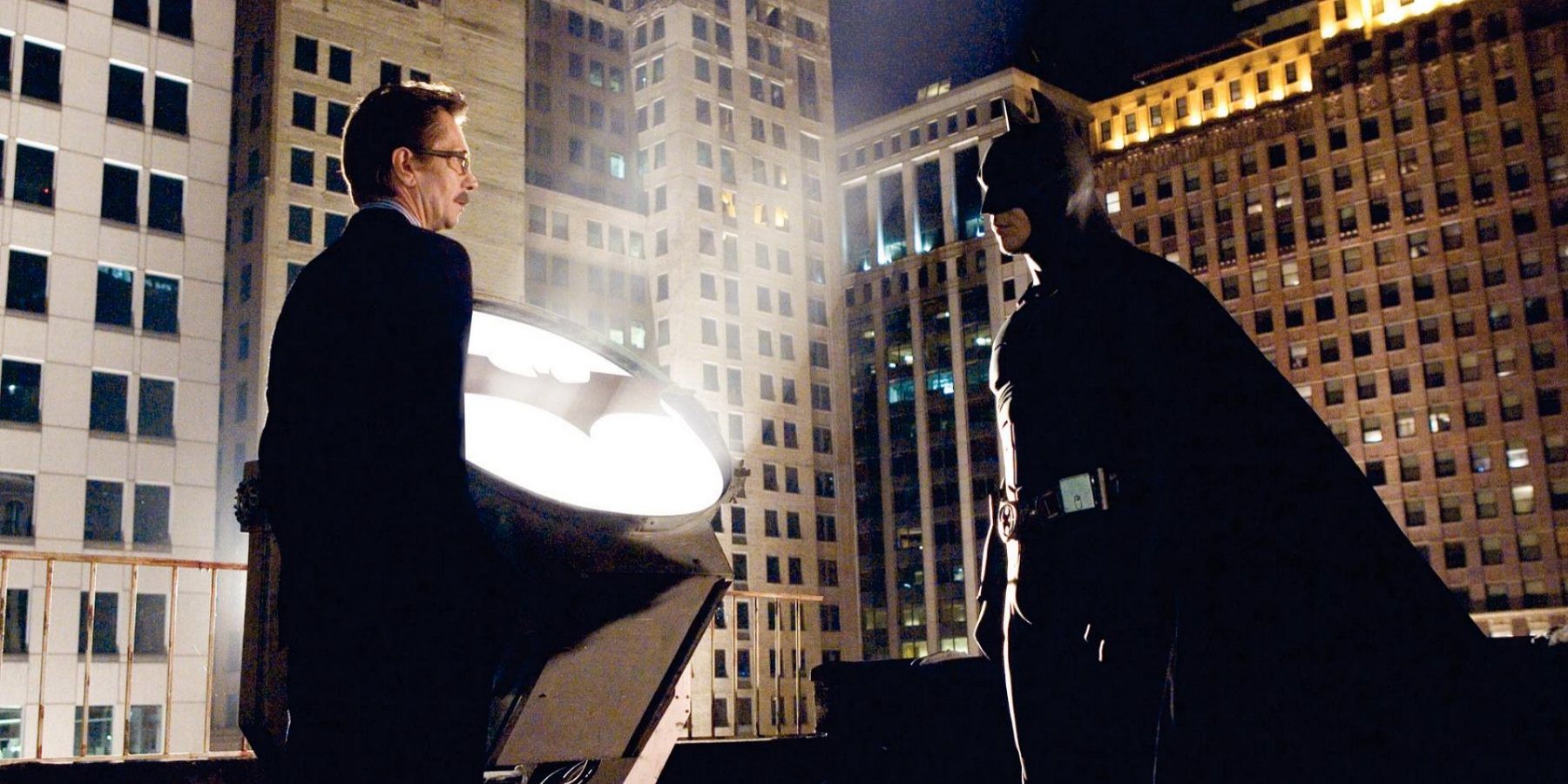
As superhero movies go, all three in Nolan’s trilogy are some of the darkest in tone, but Batman Begins is the one that best combines the director’s claustrophobic atmosphere with hopeful comic book undertones.
The Dark Knight ends on a low point for its hero, which successfully subverts audience expectations, but only works within the confines of a trilogy. When viewed as a standalone, Batman Begins inspires hope like any comic book adaptation should.
At its core, Batman Begins is a human story. Based in a fantasy world of ancient assassins and Batmobiles it might be, but Bruce’s arc is one that we can all relate to on some level.
That, after all that Bruce has gone through, he is able to turn his life around and become a symbol of hope is a powerful message that will forever stand on its own.
—
Which film in the Dark KnightTrilogy do you prefer? Does The Dark Knight Rises get a look-in? Let us know in the comments!
